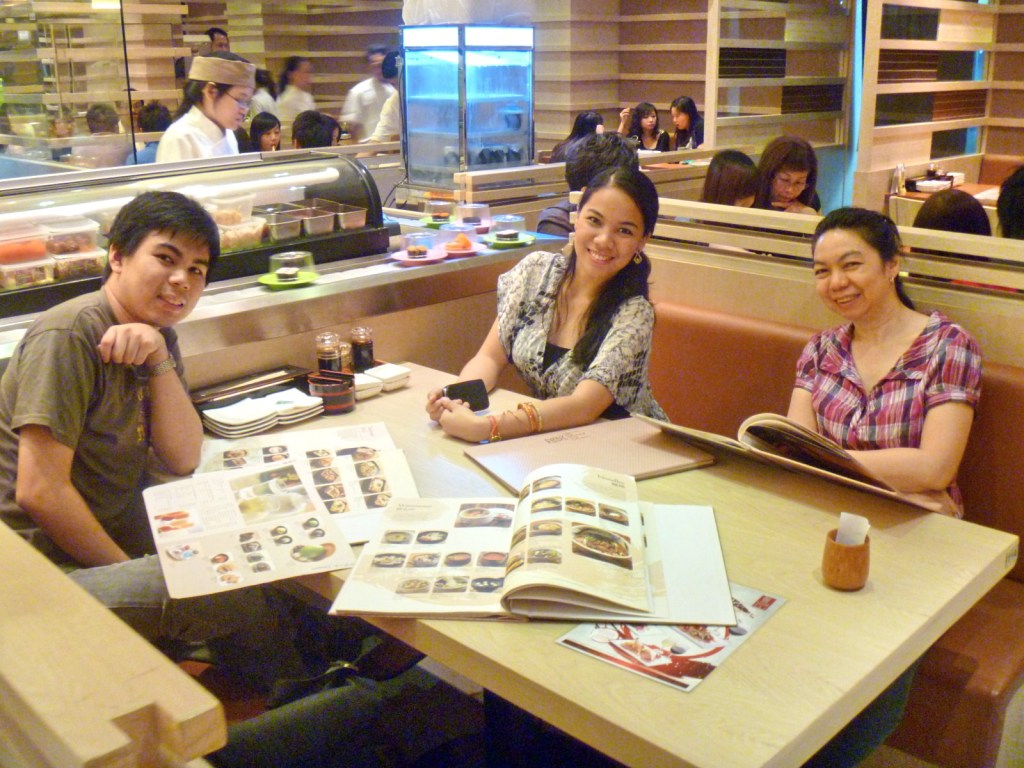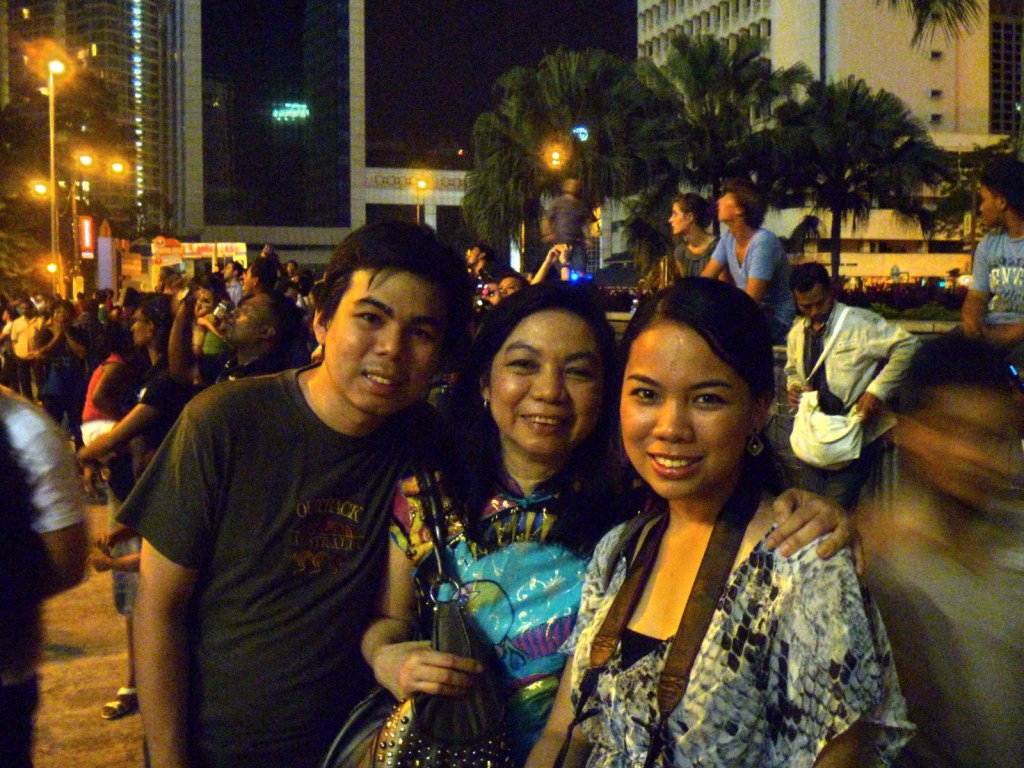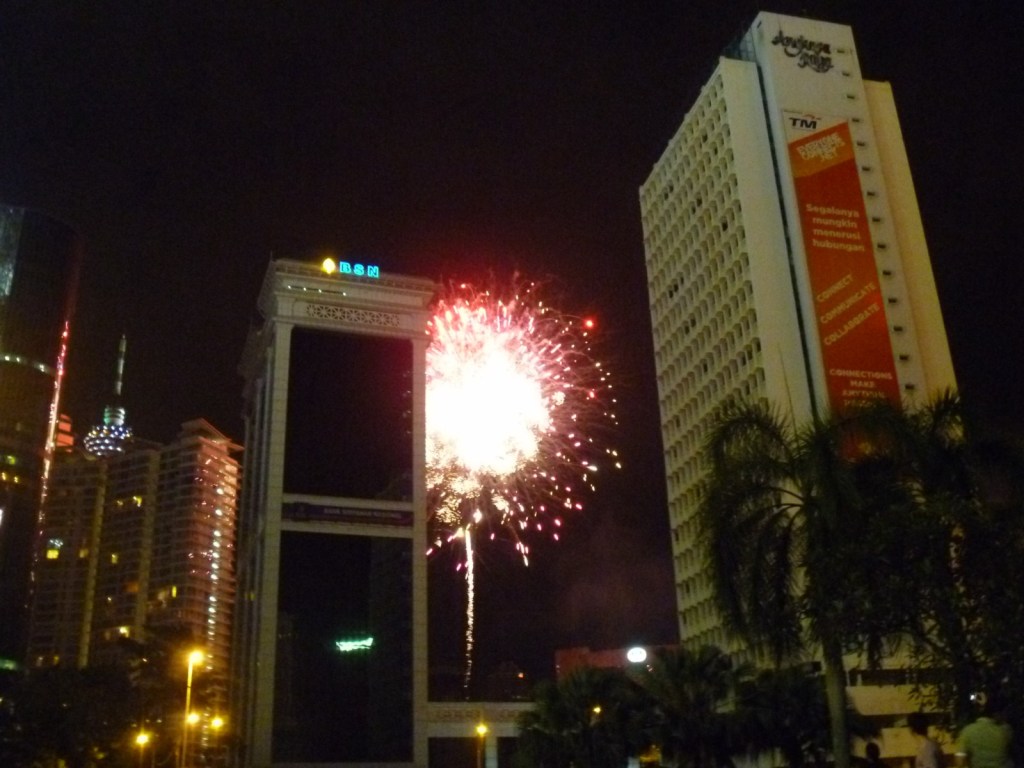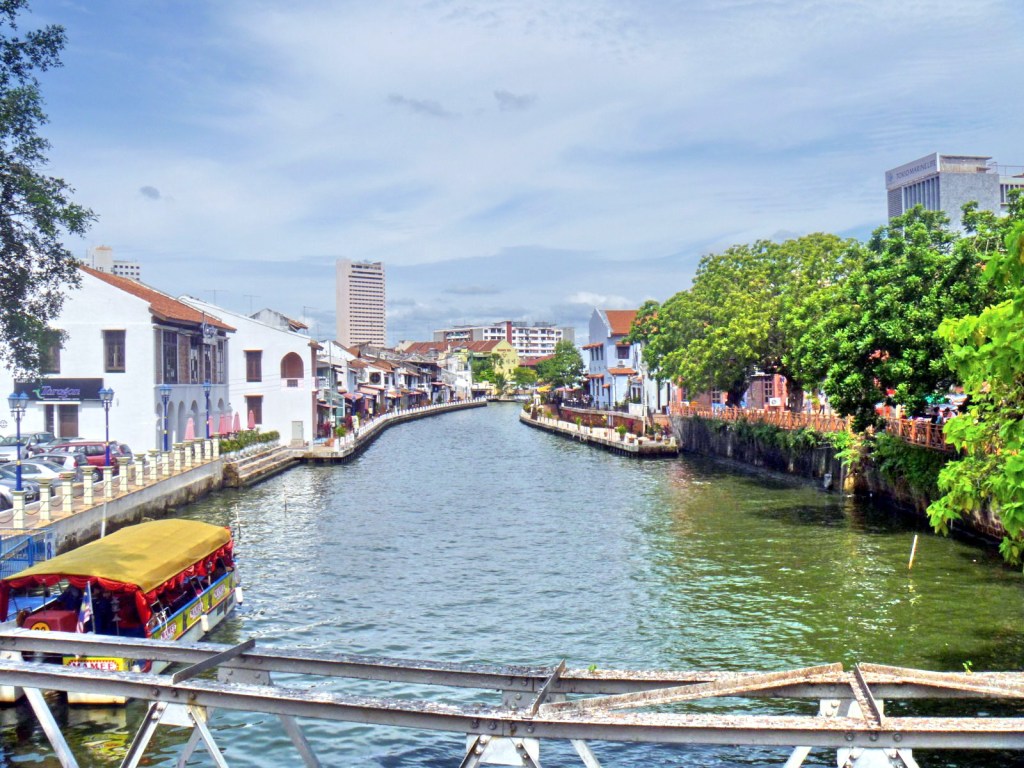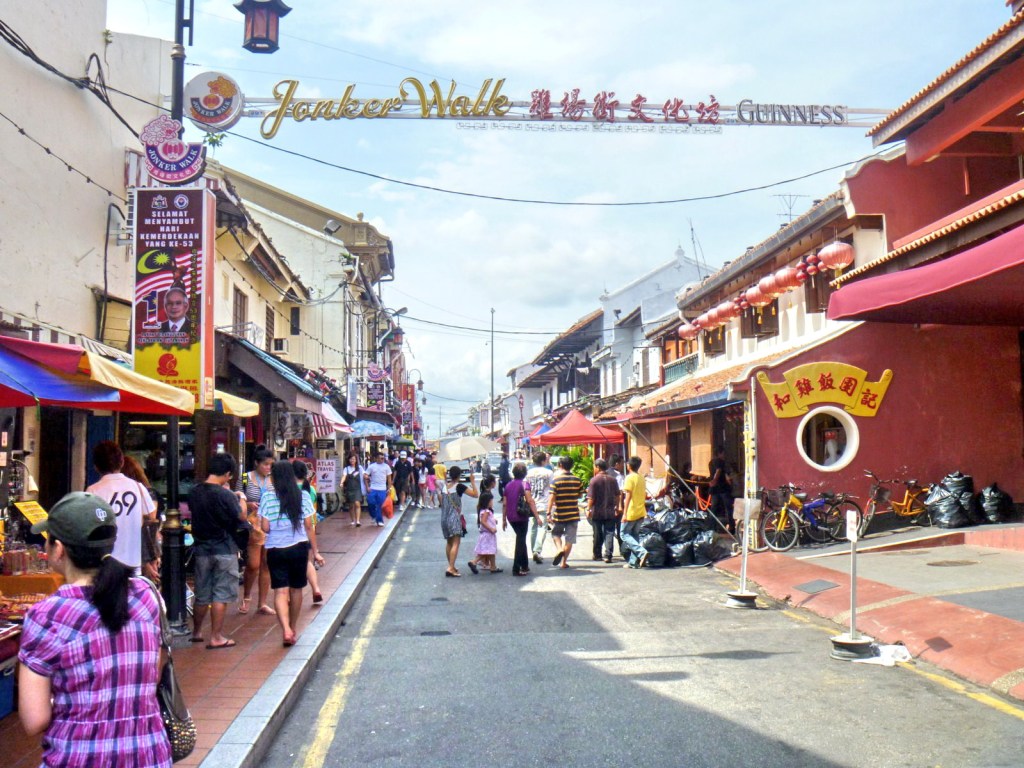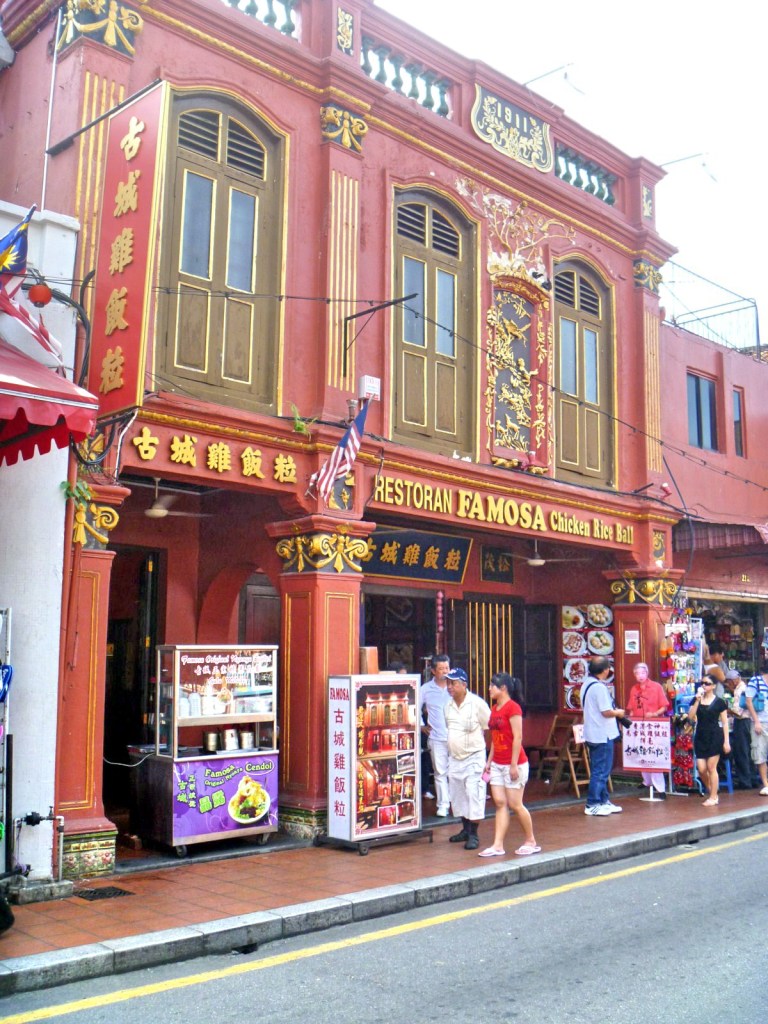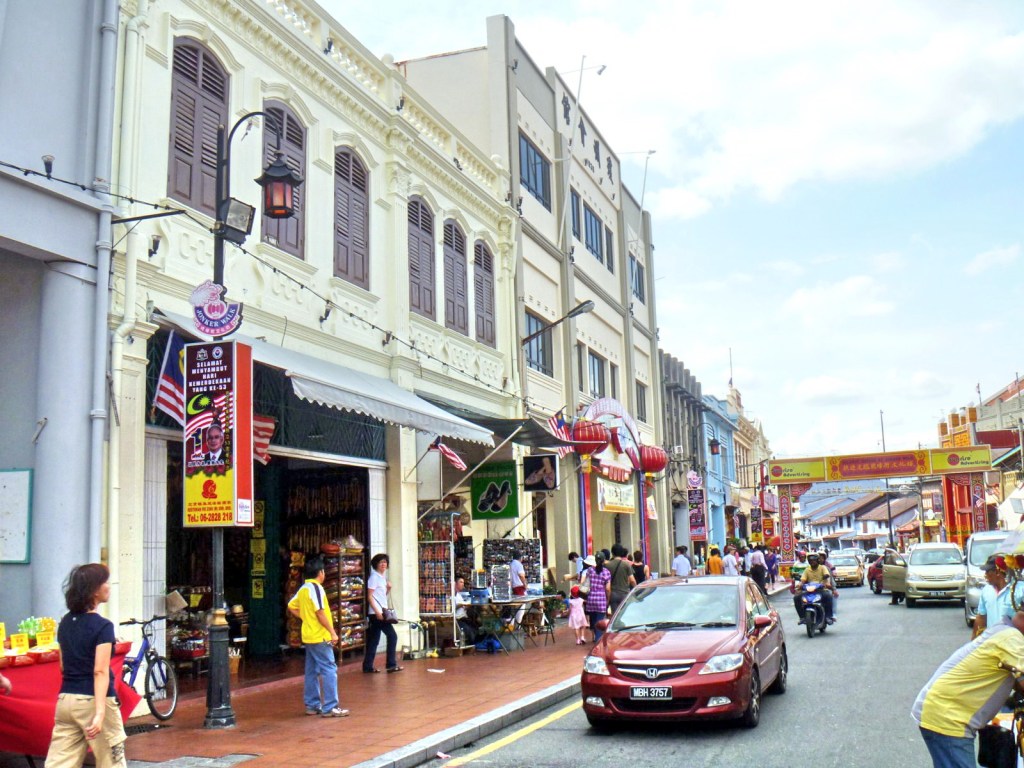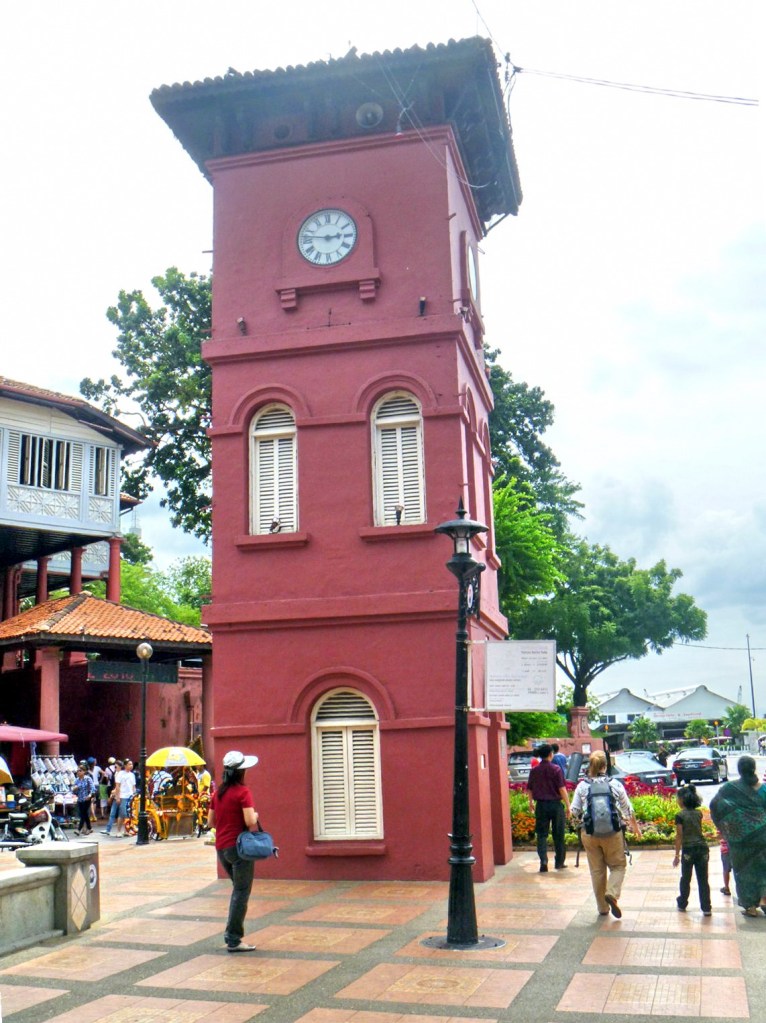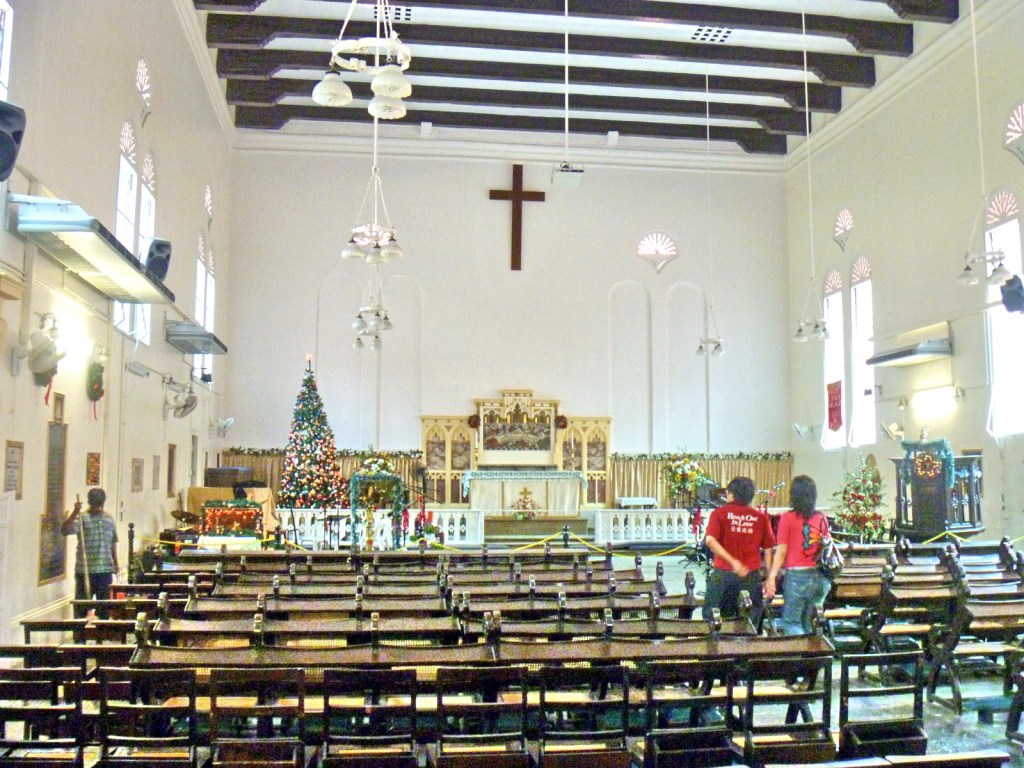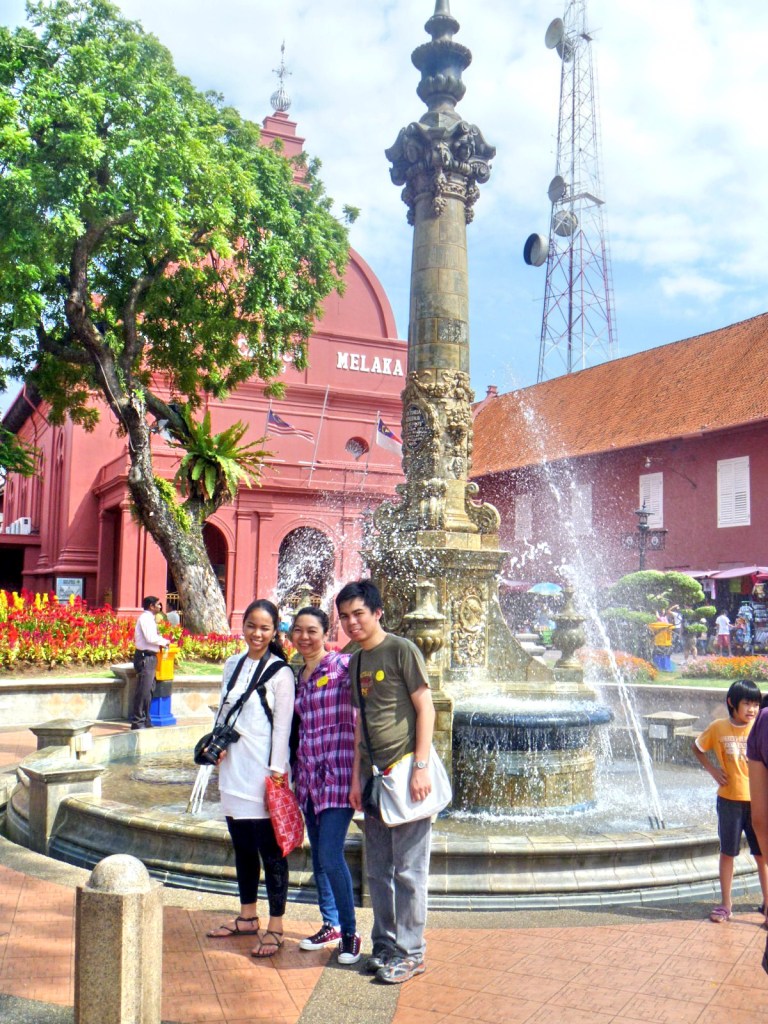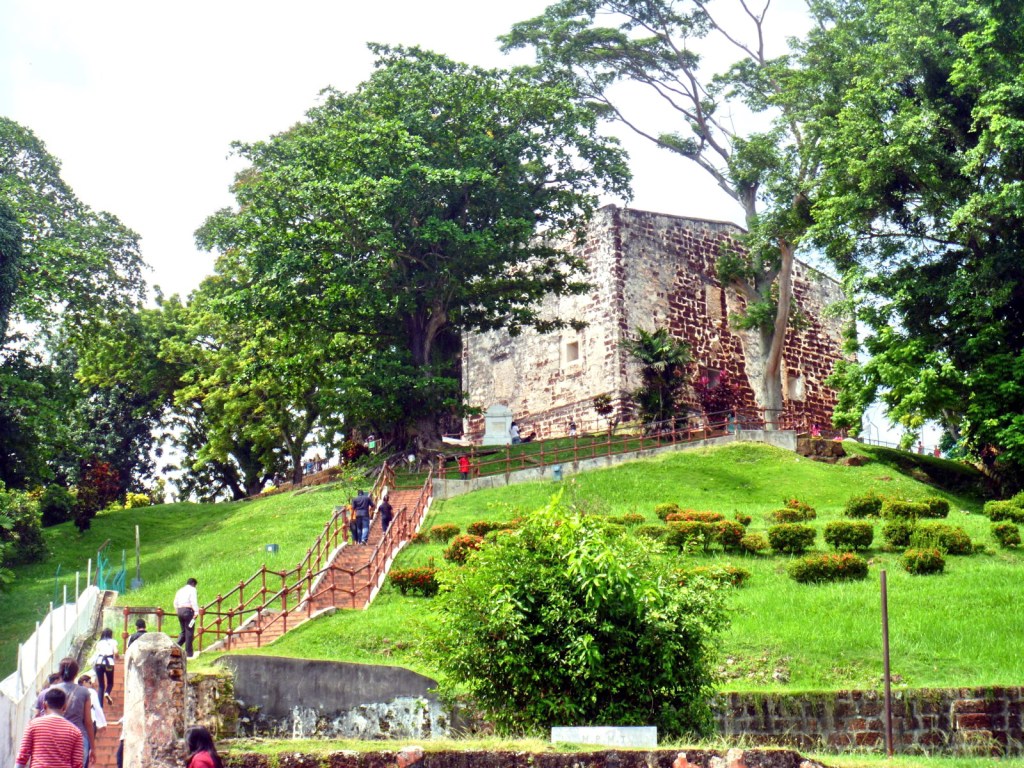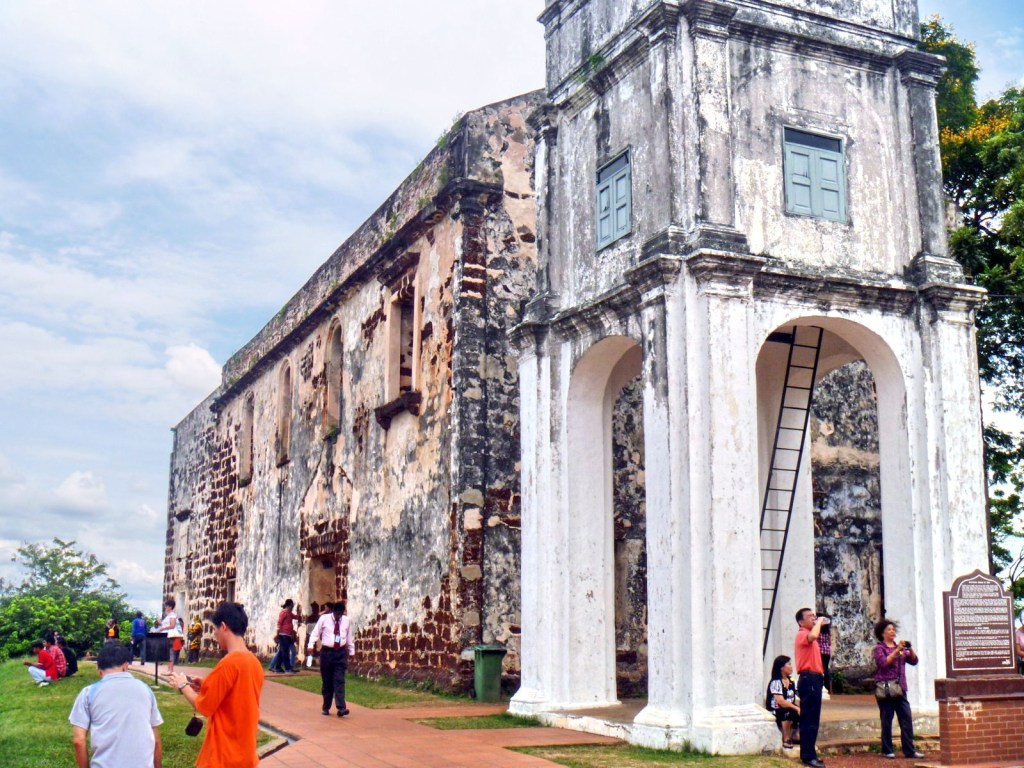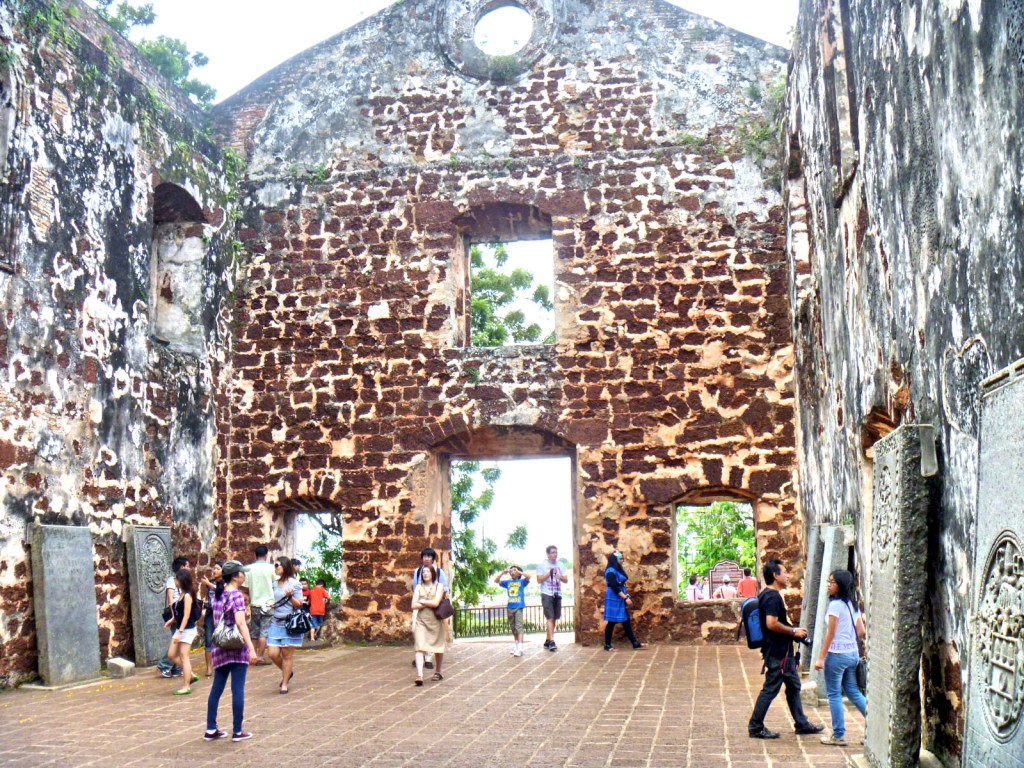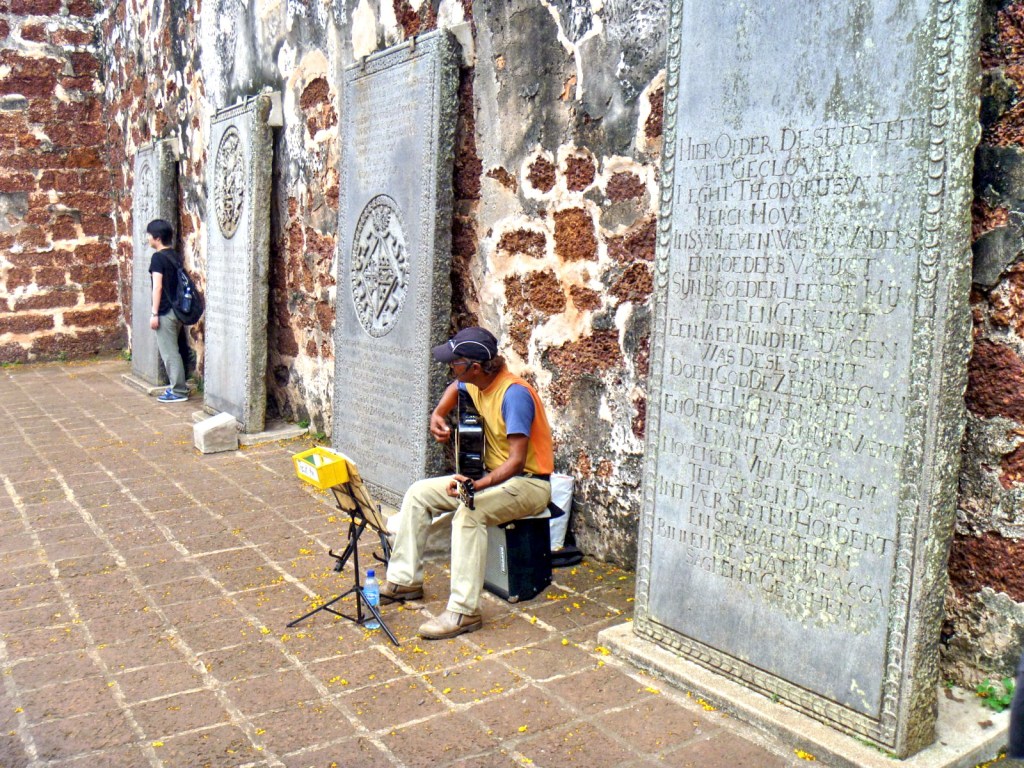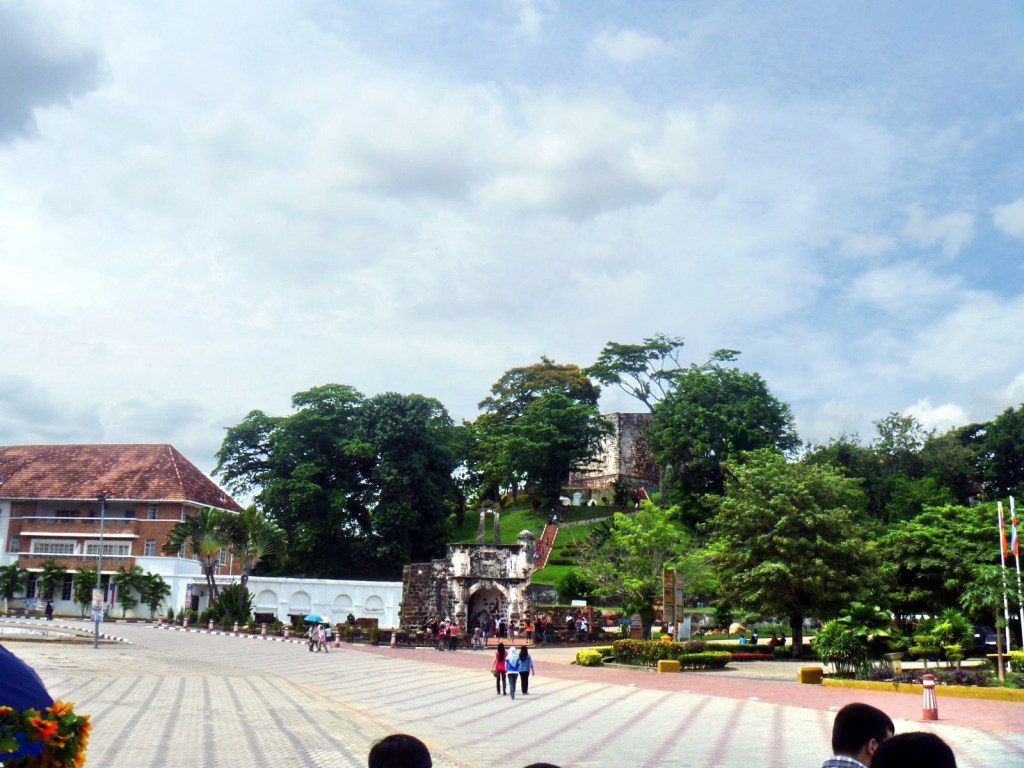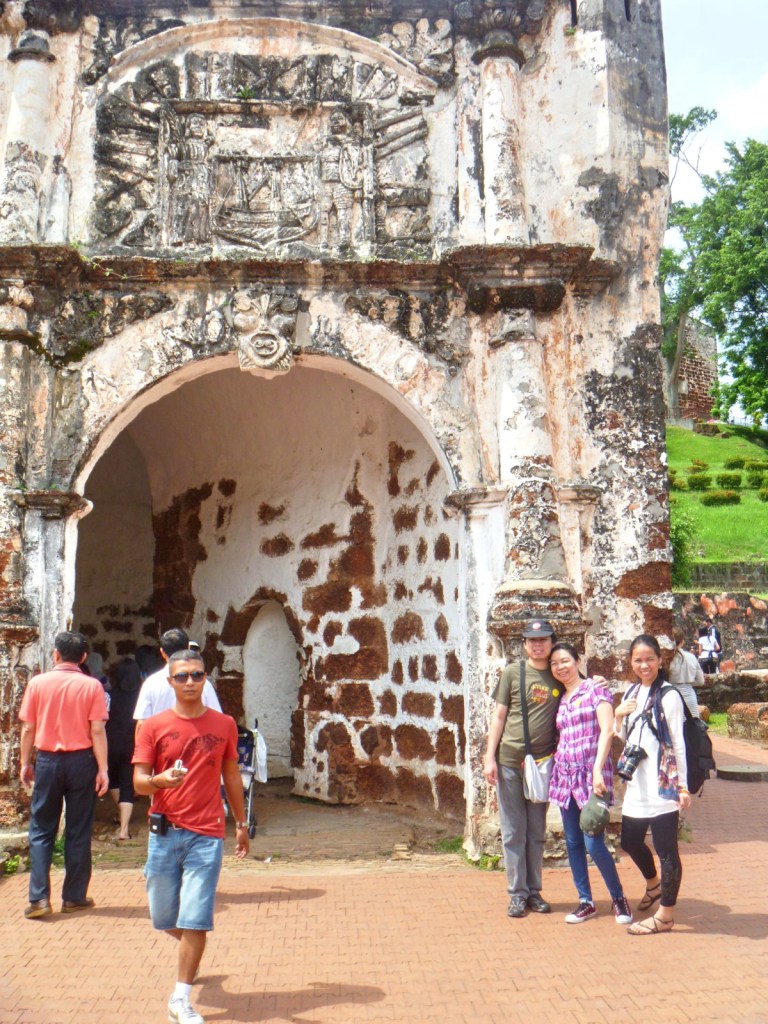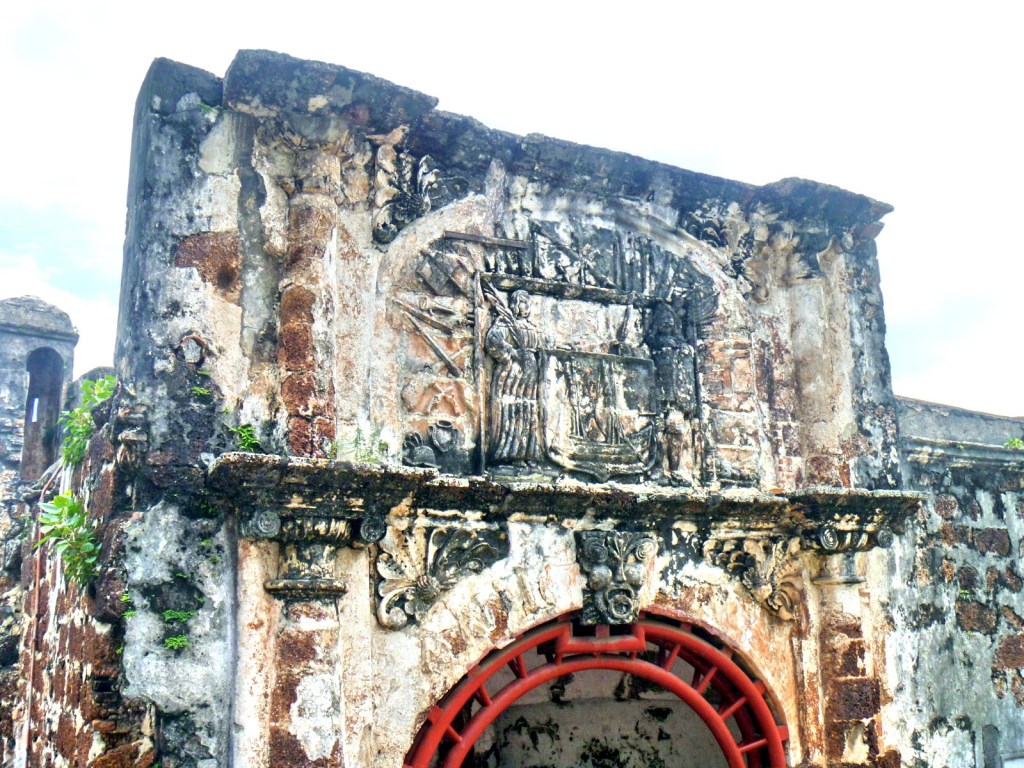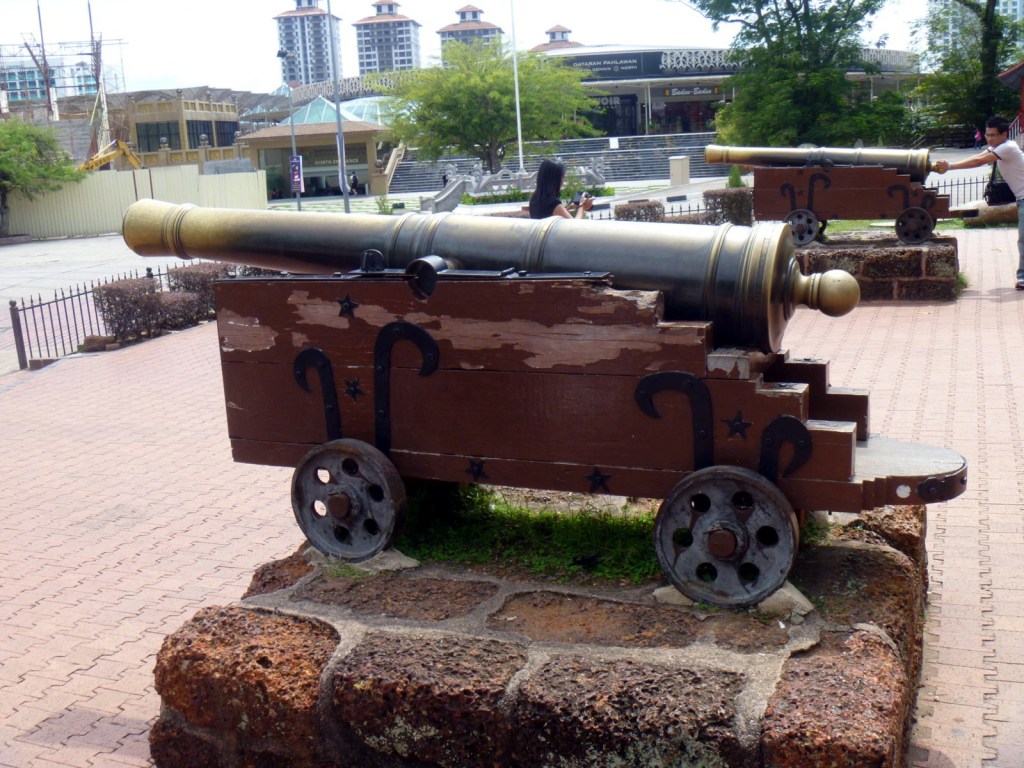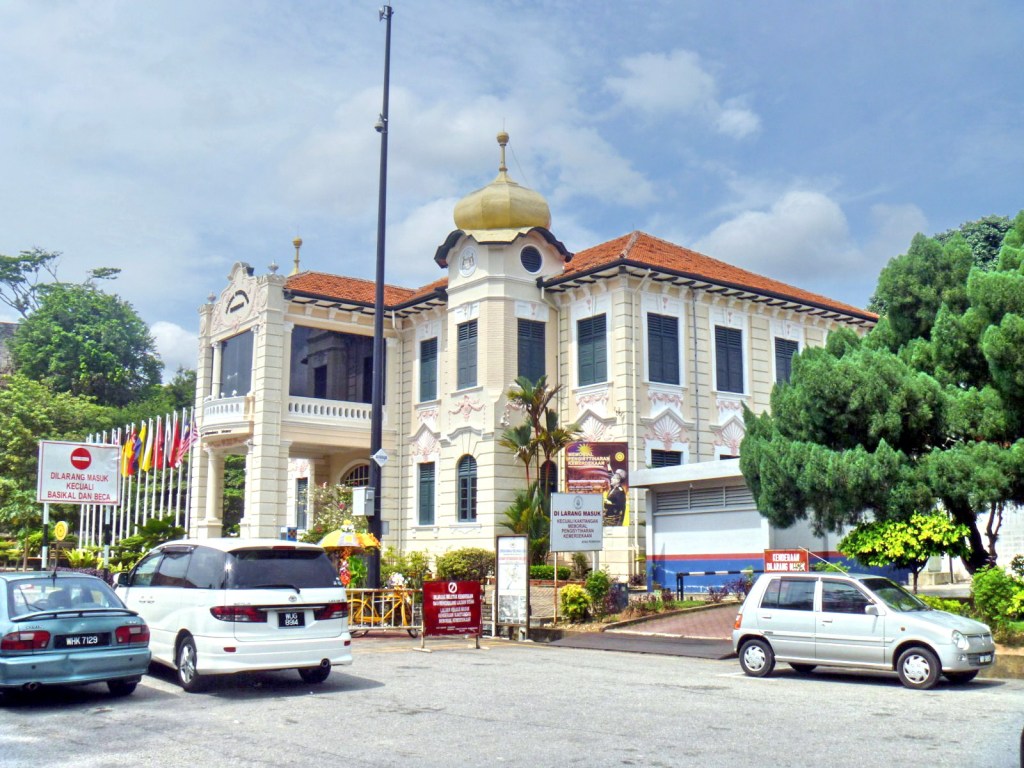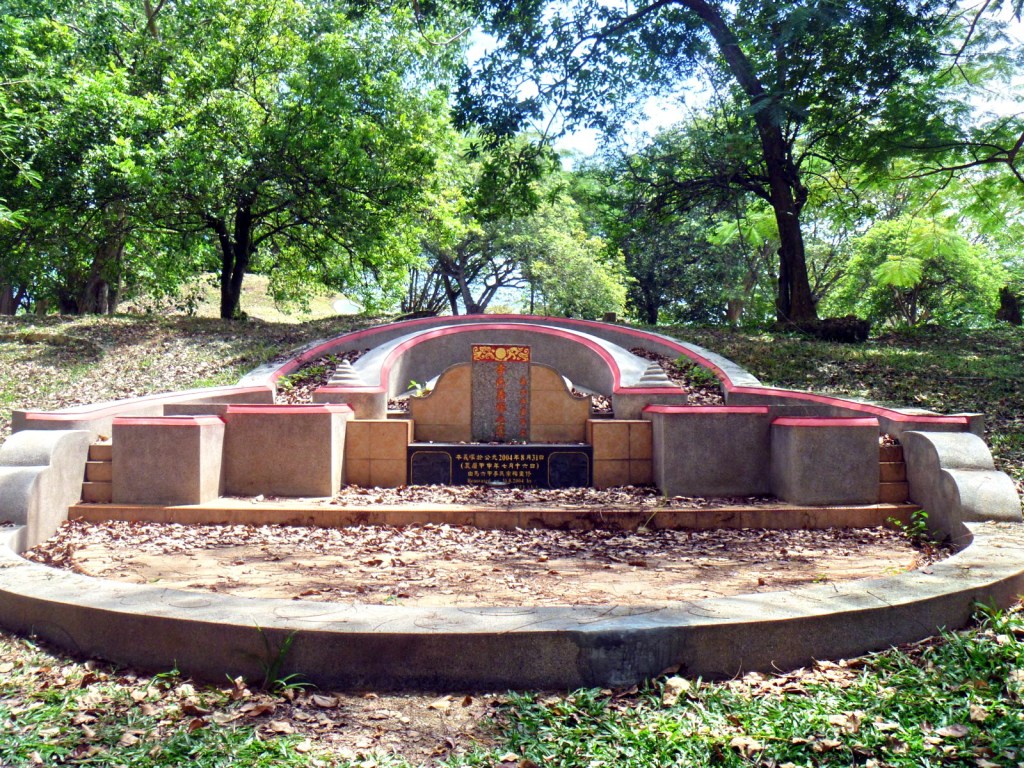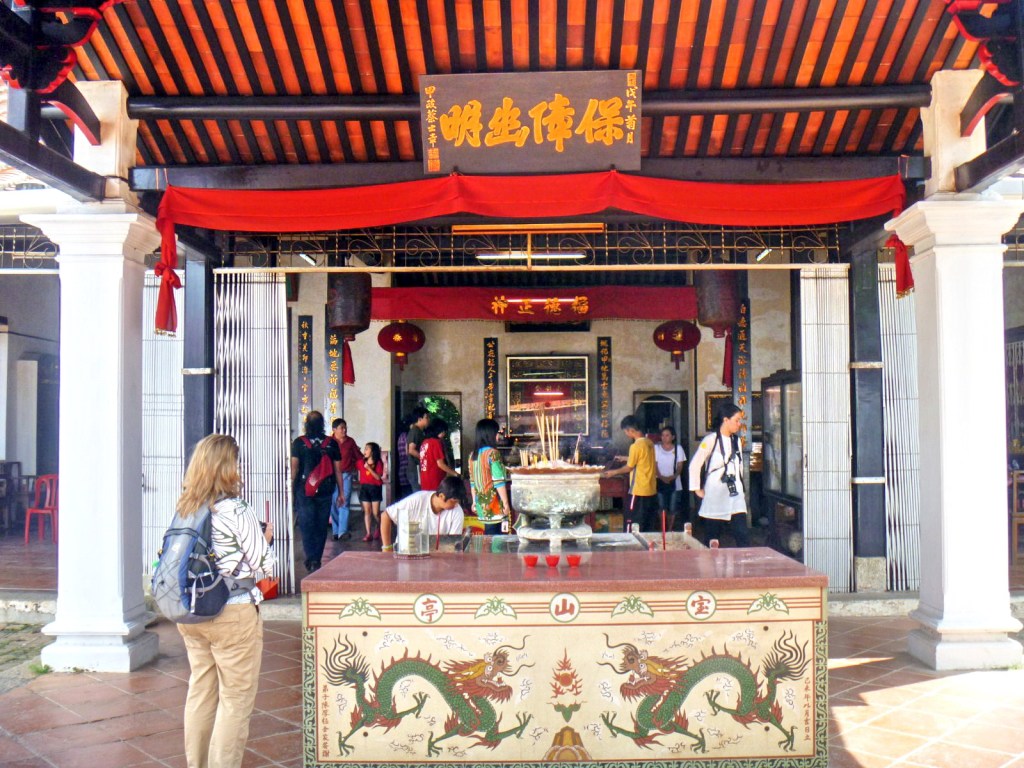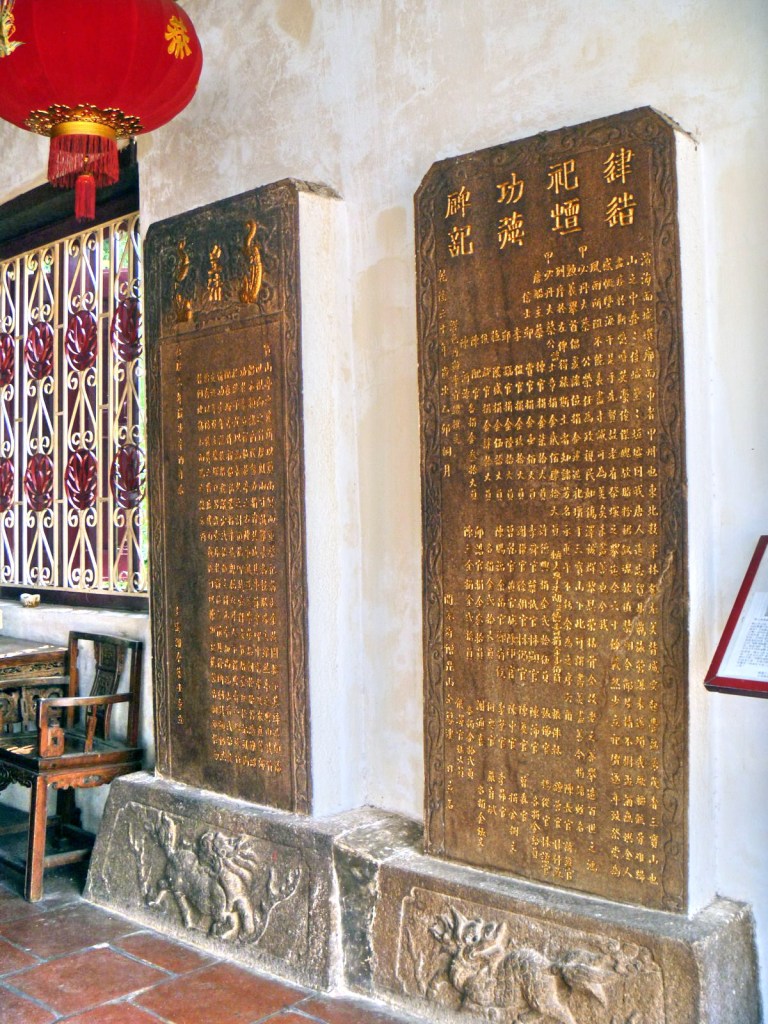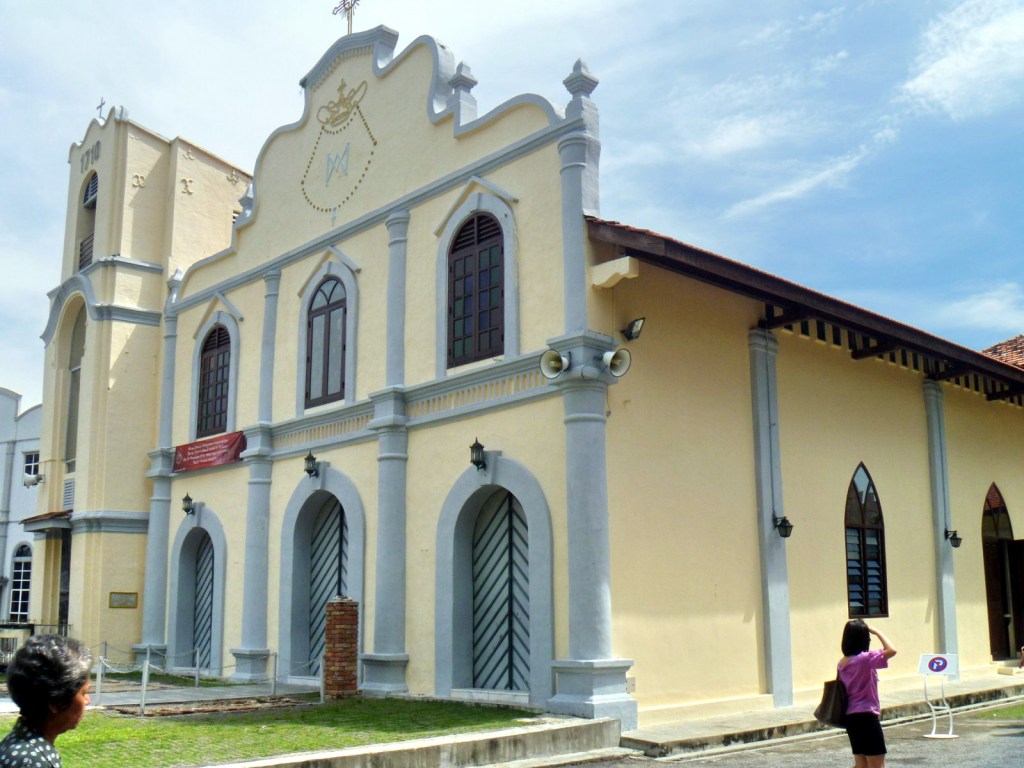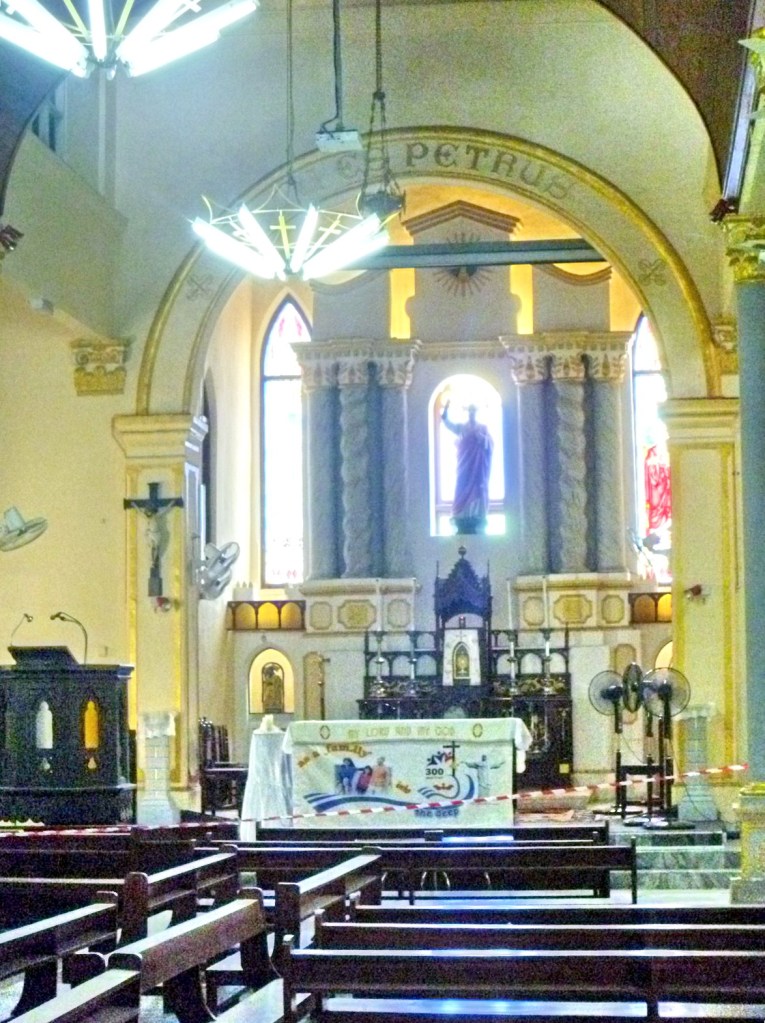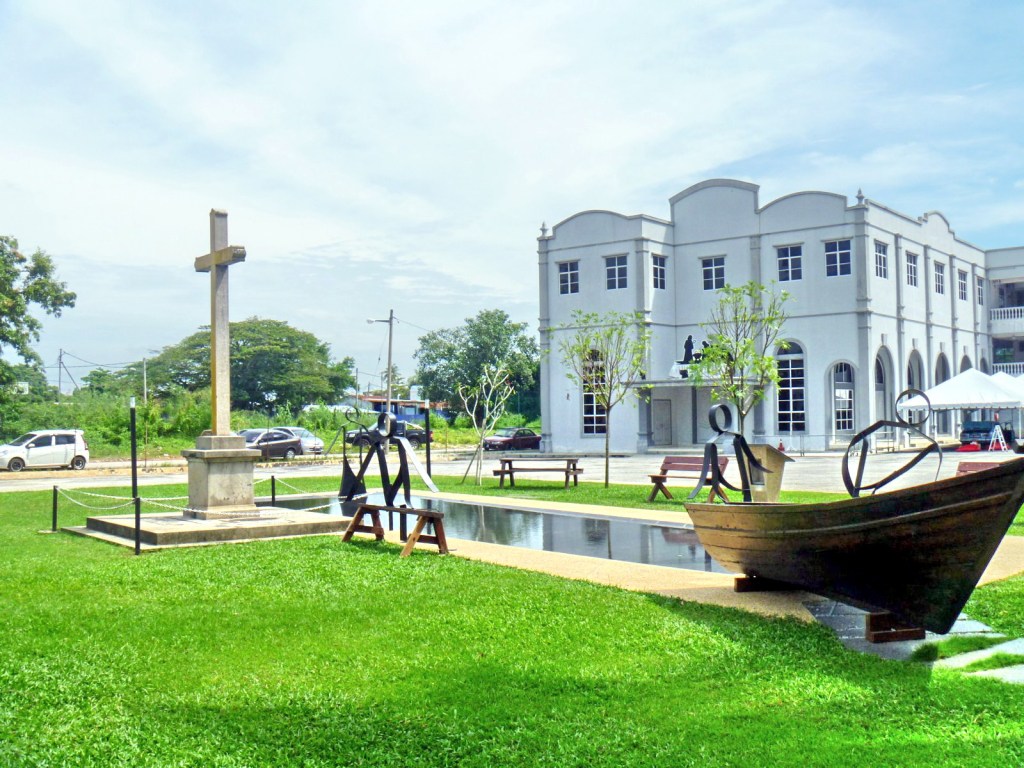Upon our return to our hotel from our Melaka trip, we decided to rest a bit. It was now just a few hours before New Year’s Eve, our first outside home and country, and we asked around at the front desk on where to spend our countdown party. They suggested watching the free, spectacular fireworks displays at either the Merdeka Square (Dataran Merdeka) or the Petronas Towers. We opted for the latter.
Before anything else, we still have to take our dinner so we all walked to Pavilion Mall along Jalan Bukit Bintang and dined on Japanese cuisine at Sushi Tei. Here, we were surprised to find out that our waiters were Filipinas. One was already a supervisor.
After dinner, we returned to our hotel to change clothes and decided to start our long walk all the way to Petronas Tower. Others were doing the same. The numerous pubs we passed by were also filled with countdown revelers. When we arrived at the park in front of the iconic Petronas Towers, it was already packed full with local residents and foreign tourists.
At the stroke of midnight, the street party started, with kisses, hugs, greetings and shouts of “Happy New Year!,” just as spectacular fireworks started to lit up, coloring the sky near the brightly-lit, landmark towers, Mandarin Hotel and the other buildings around us. The show was over when the fireworks stopped. There were no crackling and exploding firecrackers like in Manila, just horns and merriment in the streets. What a unique way to start the New Year.
Sushi Tei: Level 1, Pavilion Kuala Lumpur, 168 Jalan Bukit Bintang, 55100 Kuala Lumpur, Malaysia. Tel: +603 2141 4640. Fax: +603 2141 466.

